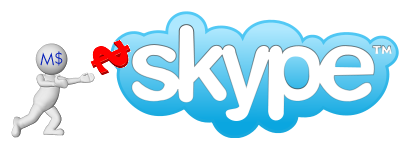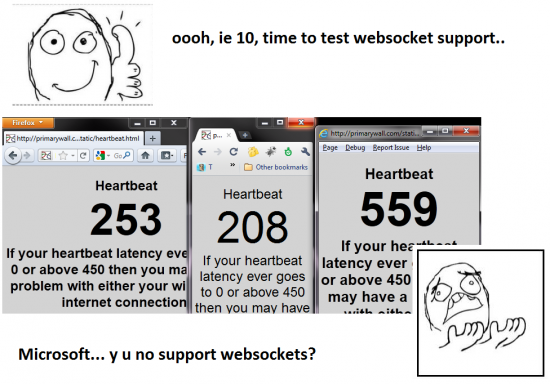Over the last few months you may of heard me ranting about why t-mobile have really let me down. I’m not going to dwell on t-mobiles failings, they aren’t worth the pixel space. All I’m going to say is that t-mobile failed to provide both technology and customer support to me, I was bound to a contract I never signed, there was no record of signing. I should take t-mobile to the small claims court but word of mouth is WAY more powerful so if I can put 10 people off signing up with t-mobile I have done my job..
So after 18 months of pure frustration I was introduced to GiffGaff, now GiffGaff isn’t squeeky clean, ultimately when you pay GiffGaff you are paying o2 and o2’s track record isn’t great, but safe to say, it’s a choice of the lesser of two evils..
GiffGaff is a pay as go service, I’m not going to try to sell it.. It does what it says it will do on the tin.. I have waited two years to have a conversation over a mobile phone in my house.. That may sound shocking but that’s the reality of T-mobile in comparison to o2, the service is just leaps and bound apart. So what do I like about GiffGaff? It’s easy, so easy.. I was driving home today and thought how did I actually switch? It required no phone calls, no faff, no stupid registration and/or giving half of my life story… It’s social, when I signed up a friend got some credit just for me signing up and putting some credit on my phone. It’s consumer centric, goody bags give the perks I NEED not what they are trying to sell me at the time.. It’s mostly online and community driven, support comes from an active community[the community is rewarded for helping out with free credit(Gamification meats customer support)..].. Free internet.. Need I say more?
I will say that I researched a lot of options before moving away from a contract phone, I mostly take incoming calls and use my phone for emails. If you do sign up for Giffgaff let me know and I will give you my username so I get free credit 🙂

